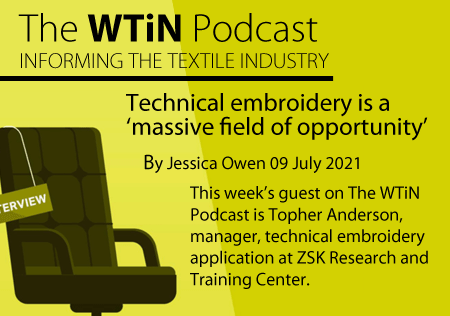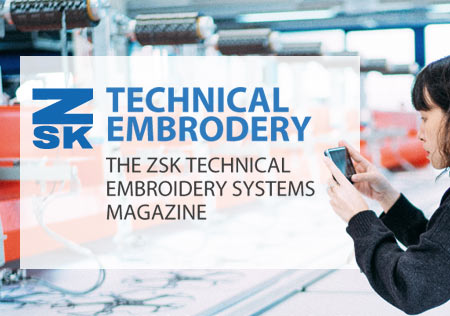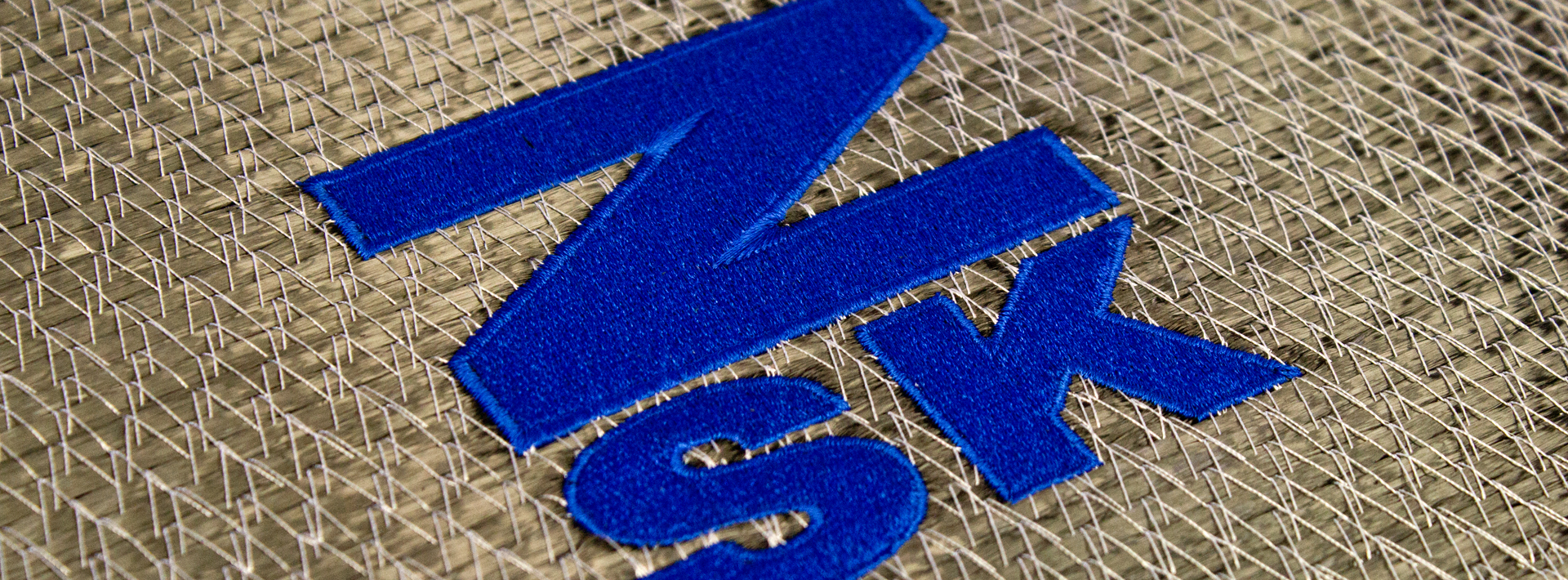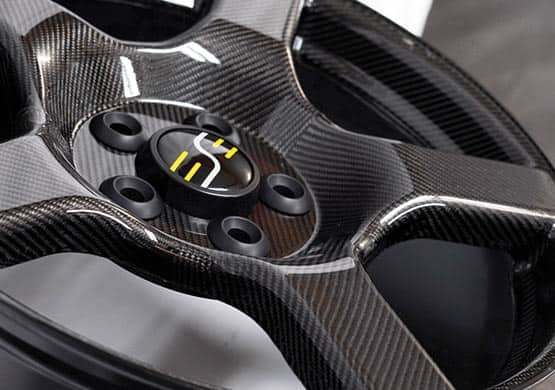Tailored Fibre Placement – Enhancing the Use of Carbon
Cost cuts, less wastage and reduced manufacturing times – with our development of Tailored Fibre Placement (TFP) you can overcome a lot of challenges and widen the use of carbon. The innovative carbon composite manufacturing technique offers new possibilities for improved component design, and enhancing end of life recyclability. TFP arranges the functional fibres in bundles exactly where they are most needed for structural performance. Moreover, it stitches them into position on a compatible base layer. This procedure replaces unlike the conventional approach of weaving the fibres of a composite into a perpendicular arrangement then cutting the fabric to the required shape.
Our technique gives you absolute freedom of positioning. Allowing fibres to be placed in the optimum directions to carry the loads, ensures that they do not move during processing. Moreover, TFP cuts fibre wastage to just 3 % instead of the usual 30-70 % on a typical automotive component. The machines are able to use TFP to create 3D pre-forms which match the finished shape of a typical automotive part. We have improved the TFP method through a number of patented innovations that speed up the deposition of fibres, increase versatility and streamline the design process.
Process improvements include:
- Fast fibre laying which reduces stitching time
- A fibre supply unit which doubles the deposition rate and allows simultaneous deposition of different fibres
- Automatic switching between different materials
- A pneumatic cutting system for automated cutting of wires and fibres
The demand for lightweight materials, to improve CO2 emissions and product performance as vehicles become heavier and more complex, has never been greater. But the cost of composite manufacture has remained unaffordable in all but the most specialist niche applications. Our approach using TFP breaks through that barrier by eliminating most of the manual processing and waste of conventional composite manufacture, while increasing design freedom and improving quality control.
TFP allows the composite pre-form to be conveniently produced with a mix of fibres, such as optical or metallic materials to provide specific properties such as electrical continuity or impedance. Naked antenna wires and isolated feed wires have already been combined by this method to make up RFID components. In addition to optical and wire components, TFP can incorporate polymers commingled with carbon fibre to be melted later during moulding to form the matrix, avoiding the need for a resin filler, accelerating the production of complex parts and improving the resin-to-fibre distribution, especially in the extremities of the mould. Current difficulties with end of life recycling of composites could be largely overcome: by choosing appropriate polymers for re-melting to simplify separation during end of life recycling.
We either provide expertise to help automotive suppliers develop prototypes and establish new TFP facilities, or recommend one of our network of specialist manufacturers to co-develop TFP parts. You can also make use of our ongoing manufacturing support, with both Cloud-based and off-line systems for quality control and Industry 4.0 to connect sensors and evaluate important data from the manufacturing process.

Podcast - Technical embroidery is a massive field of opportunity
In conversation with Dr. Topher Anderson, Technical Embroidery Manager, ZSK USA on the great possibilities that technical embroidery systems offer.

TECHNICAL EMBROIDERY
The ZSK TECHNICAL EMBROIDERY SYSTEMS Magazine
The magazine is a collection of articles on the subject of technical embroidery that have previously published in the ZSK customer magazine "CARL".


